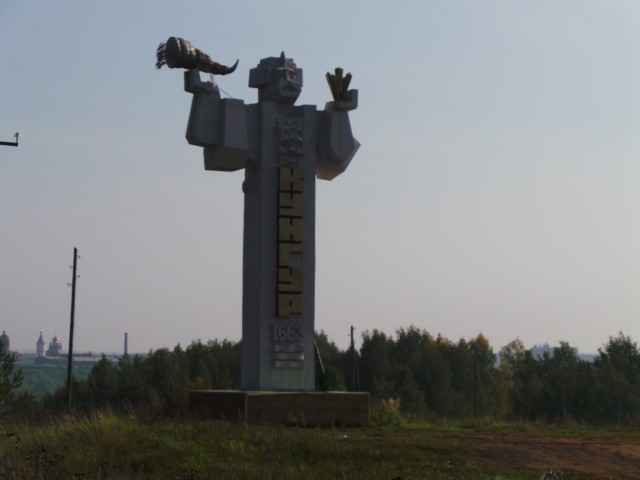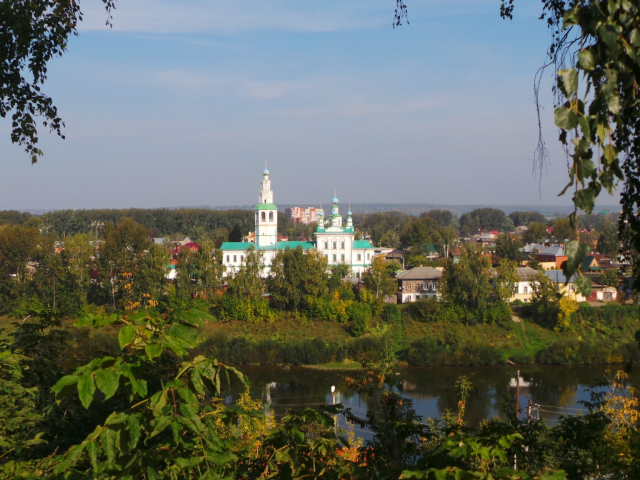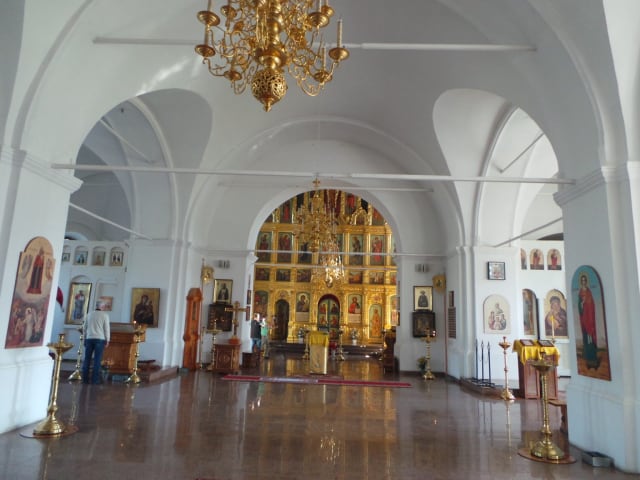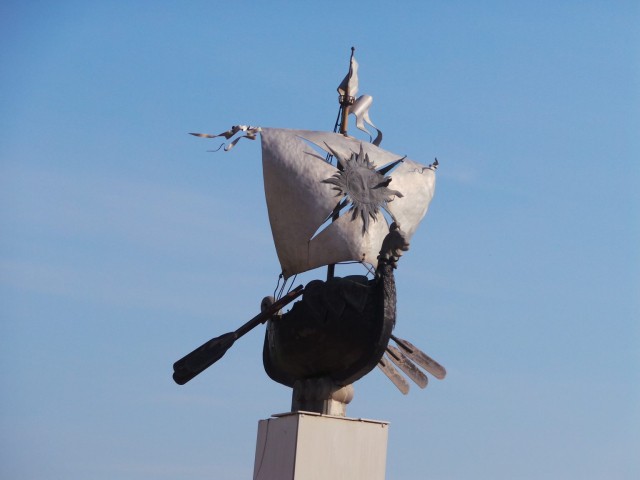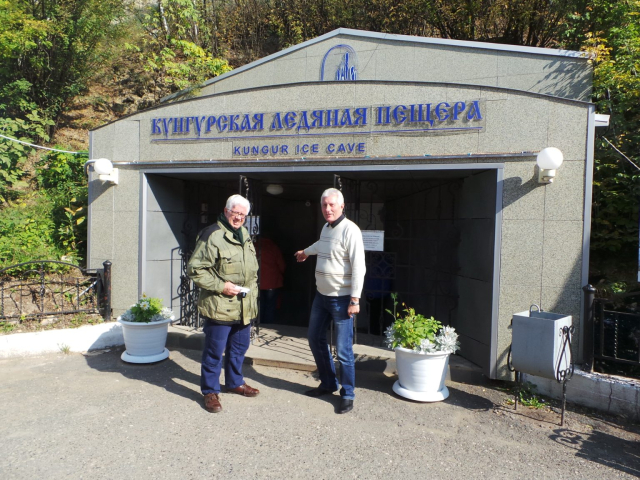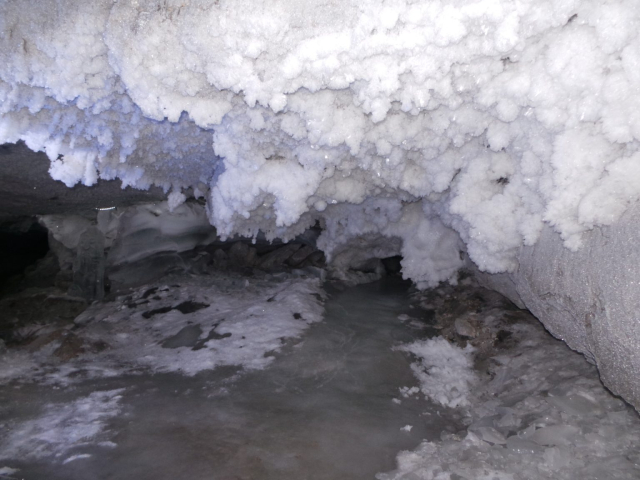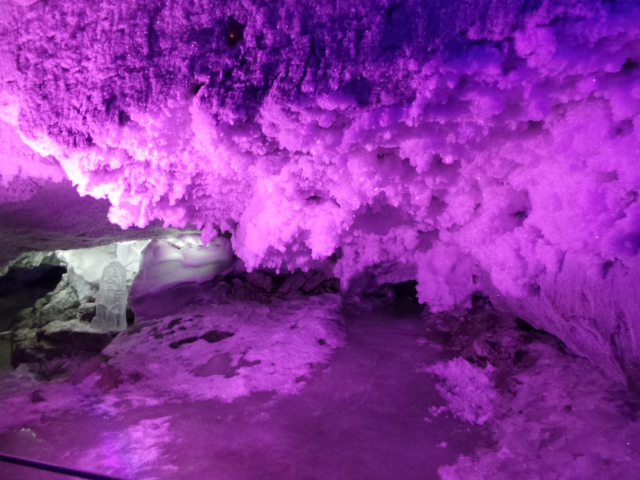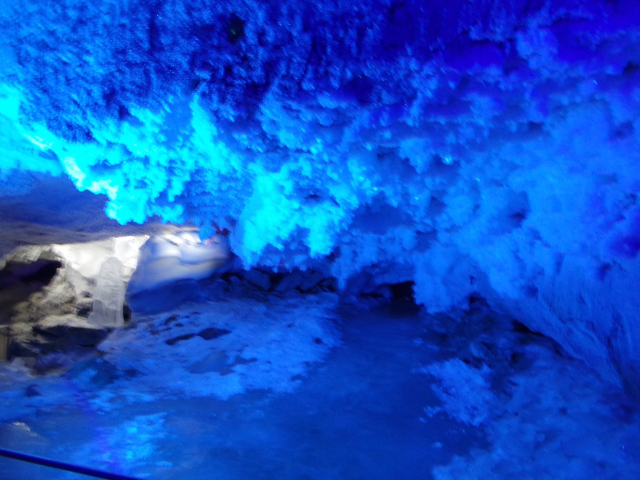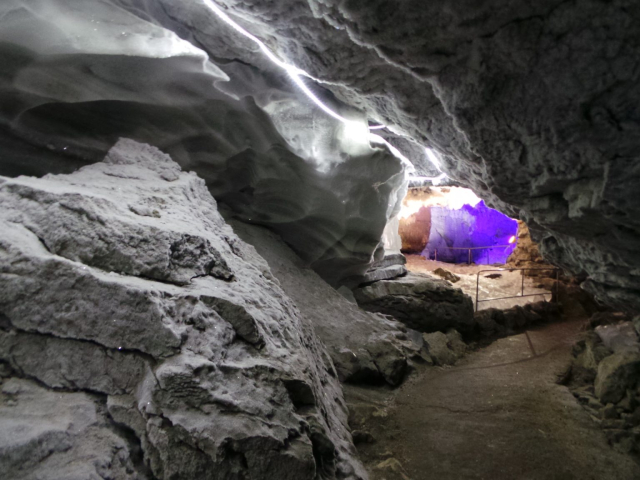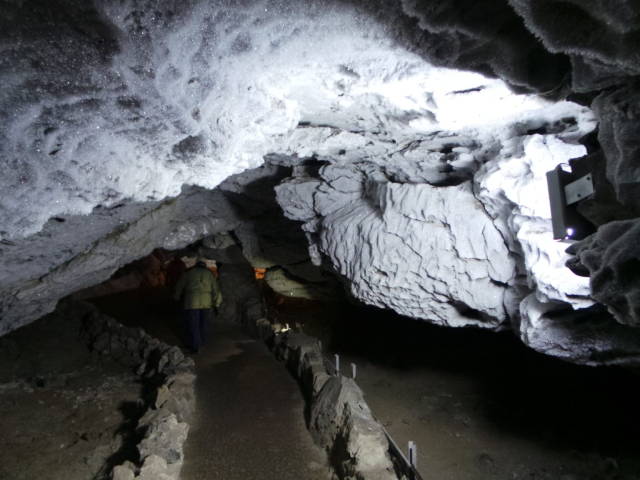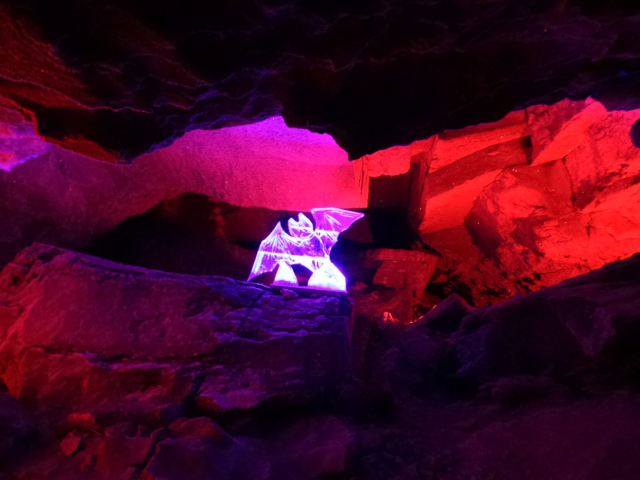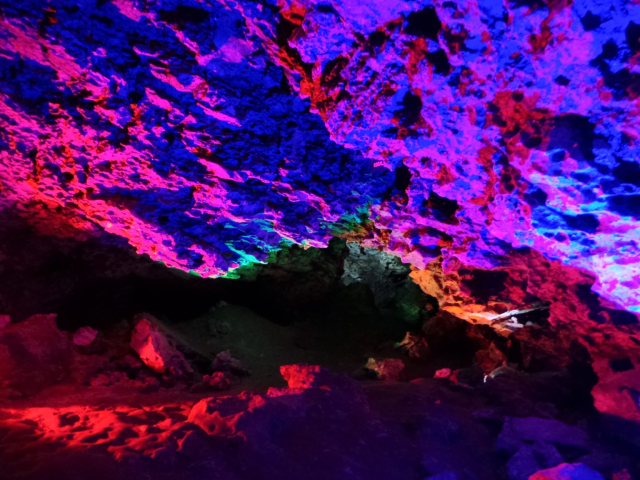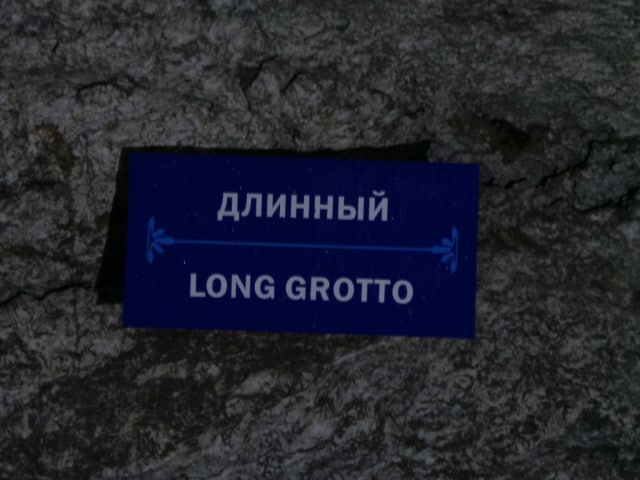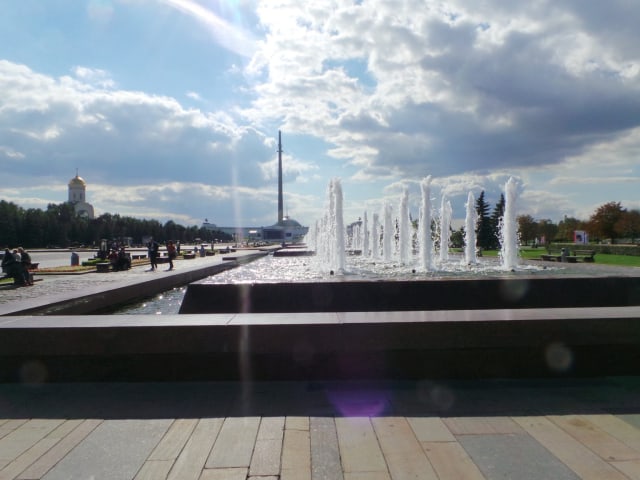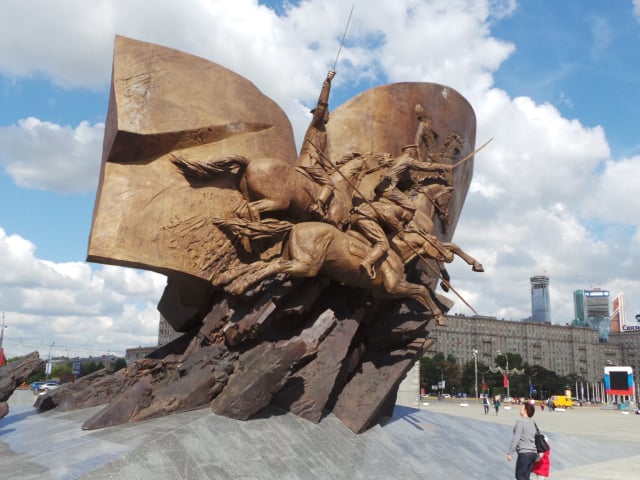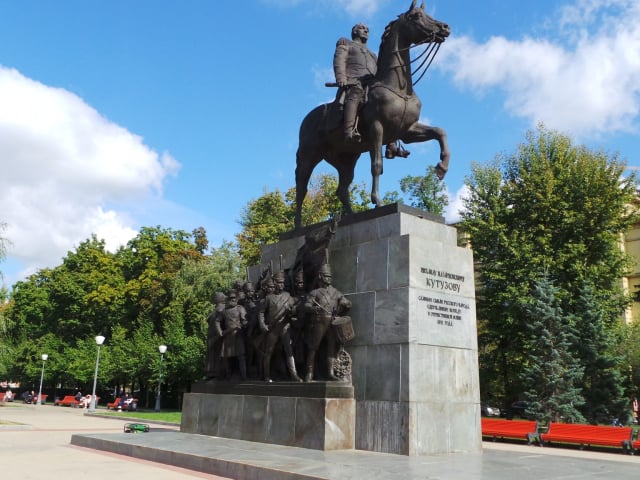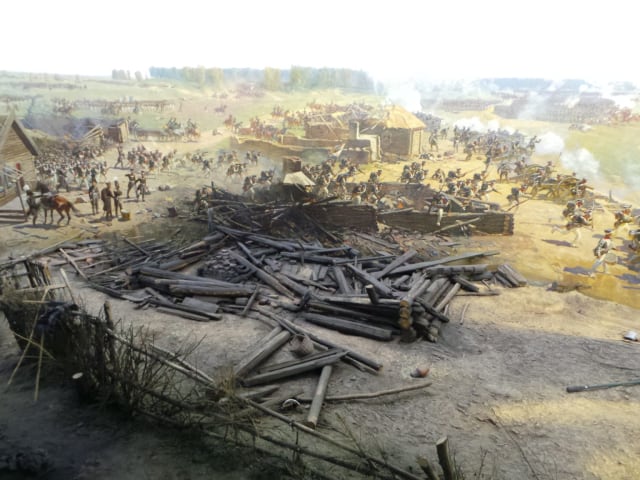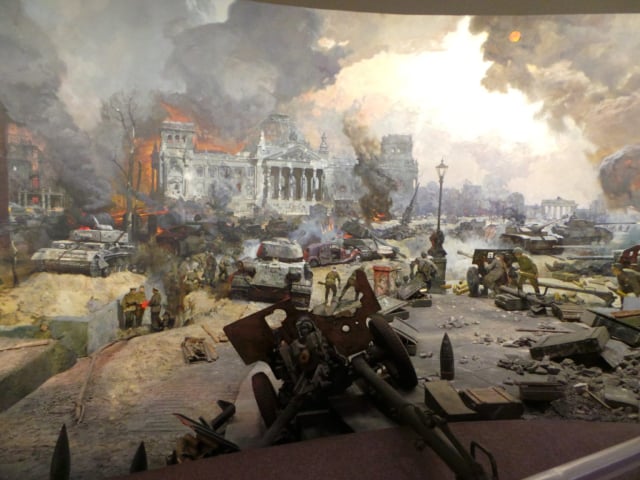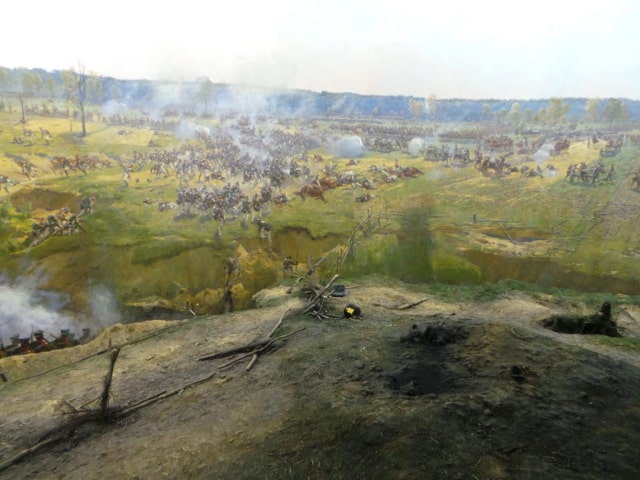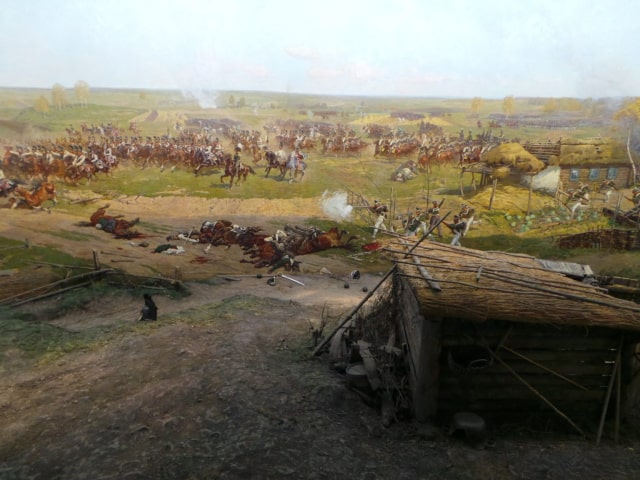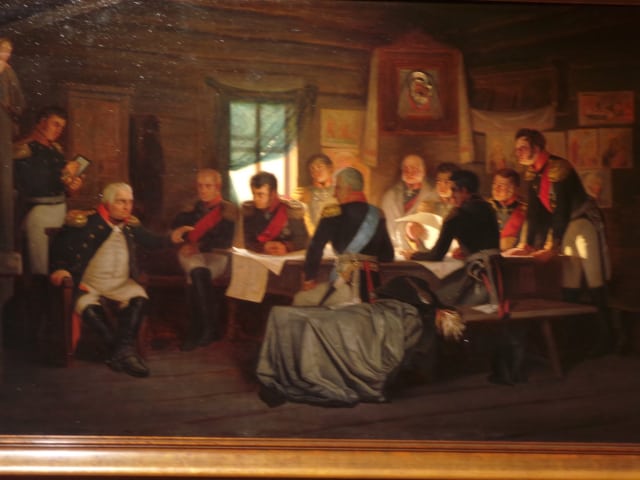DACHAU, 4 September 2010.
There is a memorial within the site that says: NEVER AGAIN.
Neither Viktor nor Boris nor Hobson went to Dachau. This story is too important to be taken lightly.
When I arrived in Munich we had flown over forests, fields and villages. The scenery was remarkably green. It was in stark contrast to walk through the main gate of the Jurhaus in Dachau. This barren scene was a mixture of white and grey. It was a dirty white. Also the sky was a severe grey, mostly because it had been raining all morning, but also it was highlighted by our sombre mood.
No one goes to Dachau out of delight. I went to learn. A few went to remember. Many had gone in a state of terror.
Every smile was out of understanding a shared acknowledgement of the terrible history. Every word was spoken in hushed tones. Every action was a free movement to search for reasons. For twelve years no one had gone to Dachau out of free will.
When entering the gates during that time, the prisoners were confronted with the irony of the sign, “Arbeit Macht Frei – Work makes you free” None were free to enter and none could leave. They were compelled to make the journey, and at the gate surrendered their freedom, their dignity and their identity.
From that point, all had to work or die.
Now, just beyond the gate is a wall that marks the edge of the parade ground. On the wall is a message written in French, English, German and Russian: “May the example of those who were exterminated here between 1933 – 1945 because they resisted Nazism help to unite the living for the defence of peace and freedom and in respect of their fellow men.”
This wall marked a continuation of the terror. Beyond the wall were the existing inmates, spearated from the new by a measurable distance, but united with them in an uncertain and immeasurable future.
The construction of the entry route was designed to instill further terror. When prisoners were herded from the train, they shuffled through the gate and into the maintenance building. The route had several turns to ensure no one could see ahead, and it added to personal confusion and an overwhelming sense of fear.
In the administration hall the prisoners shuffled forward to tables where they were processed. The clerks seated at the tables were prisoners too. The line of tables disproportionately divided the hall with one-third of the area allocated to prisoners and two-thirds behind the tables occupied by a few SS overseers. On the opposite wall was a sign with 30 cm high letters: Rauchen verboten (Smoking forbidden). It was in this room the prisoners were stripped of all clothes and possessions. It was a cruel irony to tell they could not smoke, as all possessions had been taken.
Now the building is a museum, called the documentation centre. On this day we walked slowly through the displays marking the history of this place, from establishment to liberation. I remember seeing a mix of posters depicting the many nationalities and beliefs of prisoners.
The population had included more then Jews. There were Gypsies, French, Italians, Czechs, English and Russians. Other groups included communists, trade union officials, priests and bishops, and any opponent of the Nazi regime.
On a poster there was the story of a Ukrainian soldier who had been captured. He had been sent to Dachau for escaping. The information on the poster showed his date of birth. There was no indication of his release or demise. Had he survived Dachau, he also faced a cruel fate upon his return to the Soviet Union.
Outside we went to the cell block. This building contained 92 cells. Some were large, and set aside for special prisoners, such as Georg Esler, who had attempted to assassinate Hitler in a Munich beer hall. He had three cells. Some clergy had two cells each, however, most had one. Another form of cruelty was presented as standing cells, where a single cell was divided into six, allowing the inmate to stand only.
From the cell block we waled to the crematorium, an area screened from the general prison population, and known as Barrack X. The complex contained several ovens and a gas chamber (labelled as a bathroom).
Records and evidence show that the gas chambers was not used extensively. The SS had other means. Some prisoners were hanged in front of the ovens. Others were shot on a firing range, in front of a blood drain and beside the cinder pile from the ovens. Again the process was designed to maximize terror.
When we left the site, everyone was subdued, but as we drew closer to Munich the mood lifted.
I walked on Marienplatz and had a meal in a cafe. It was good to be free.
Ian

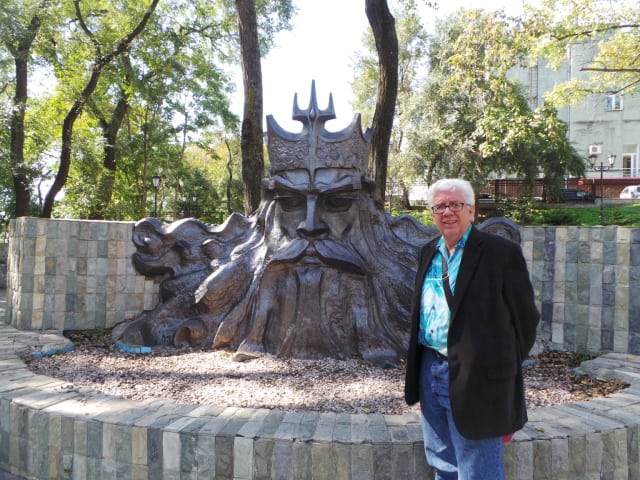
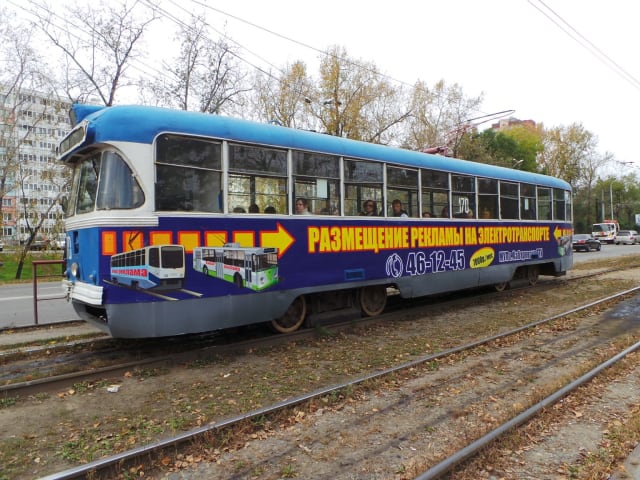
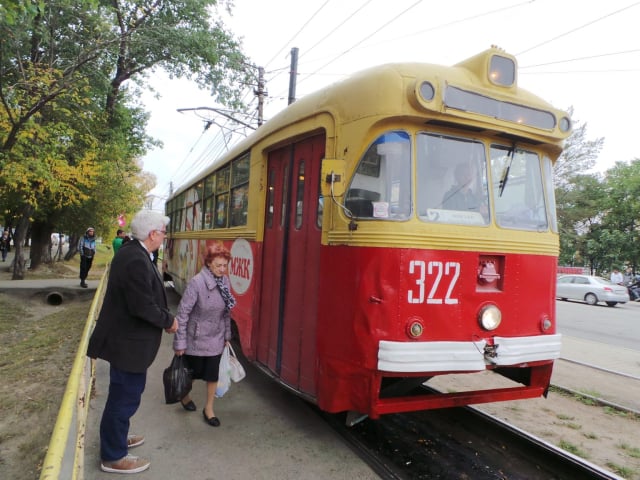
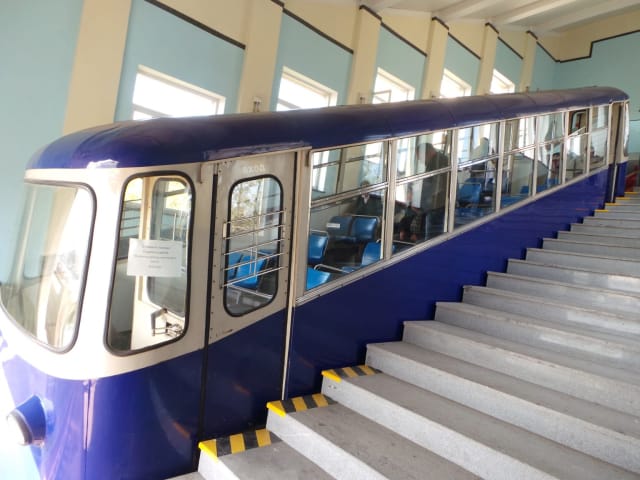
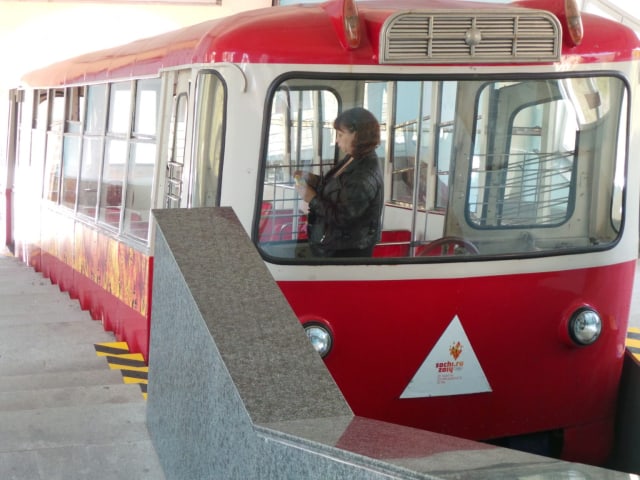
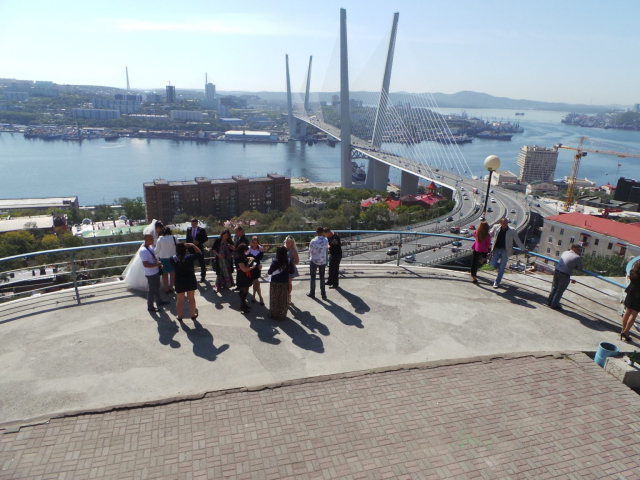
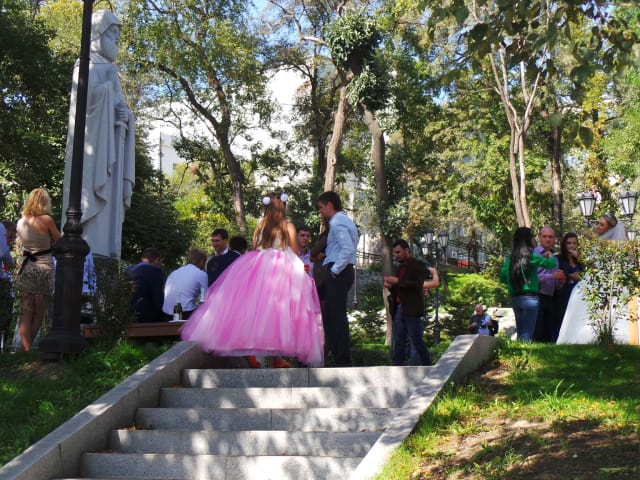
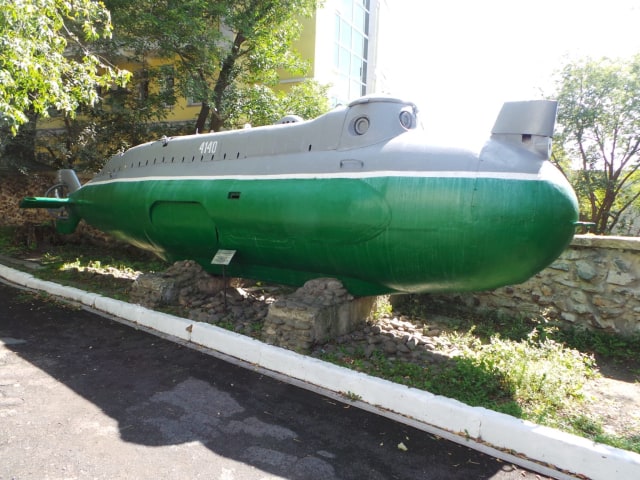
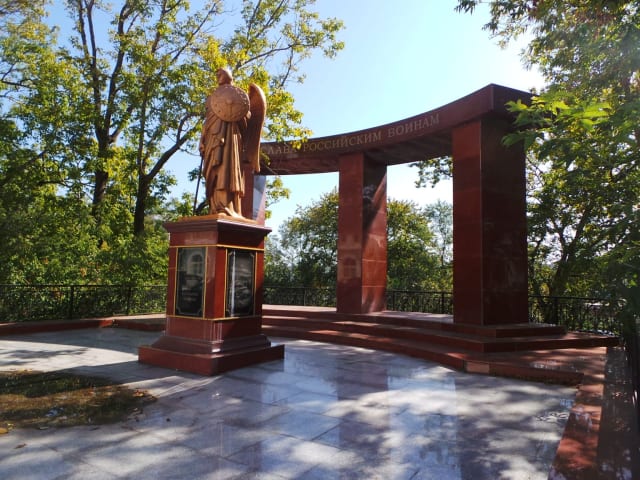
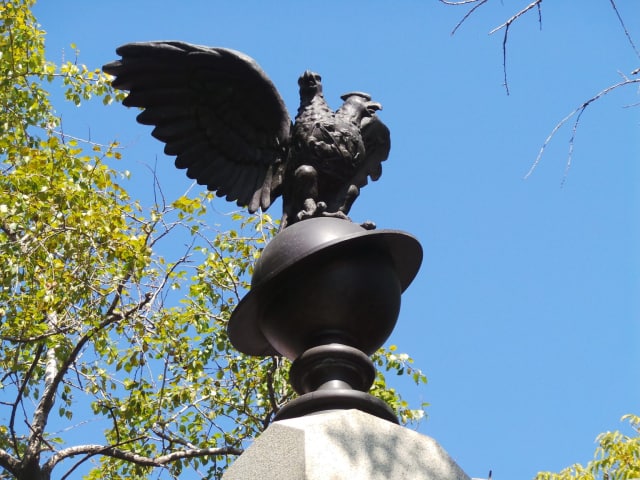
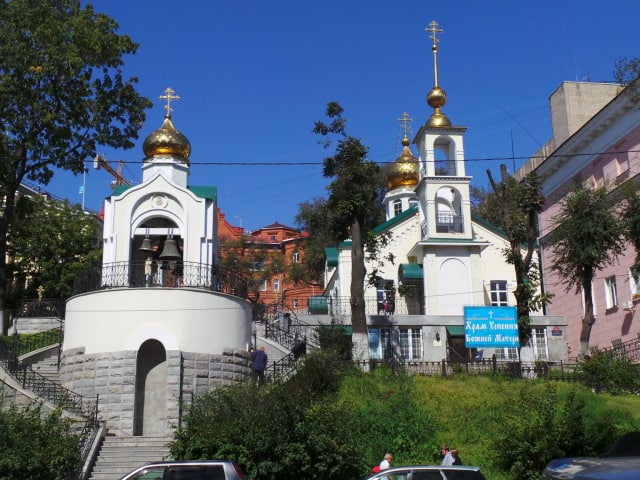
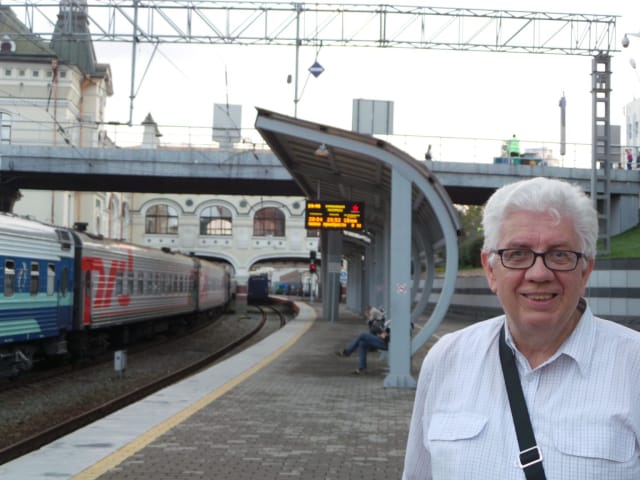






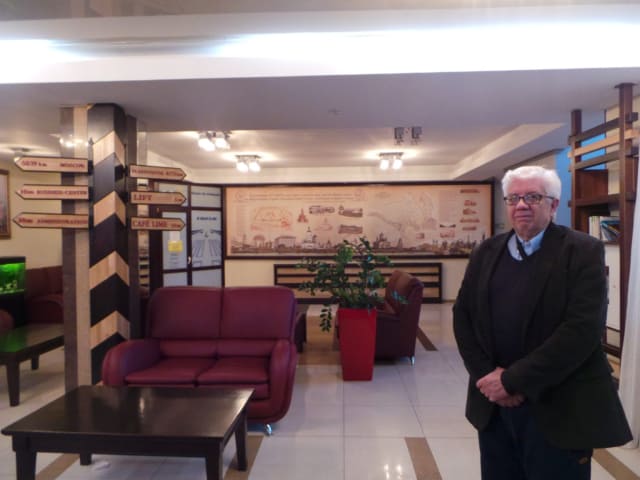
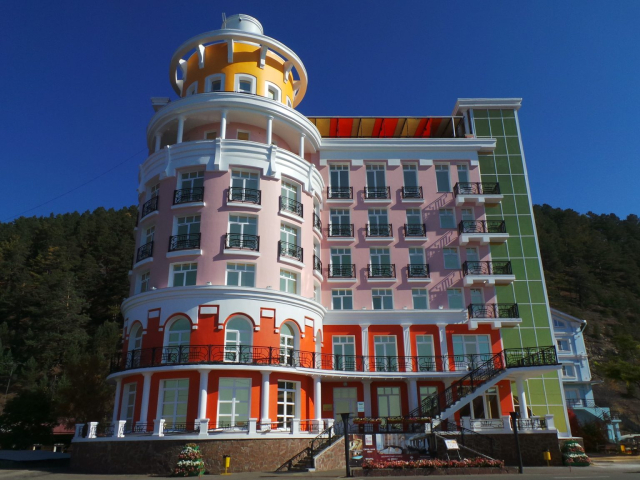
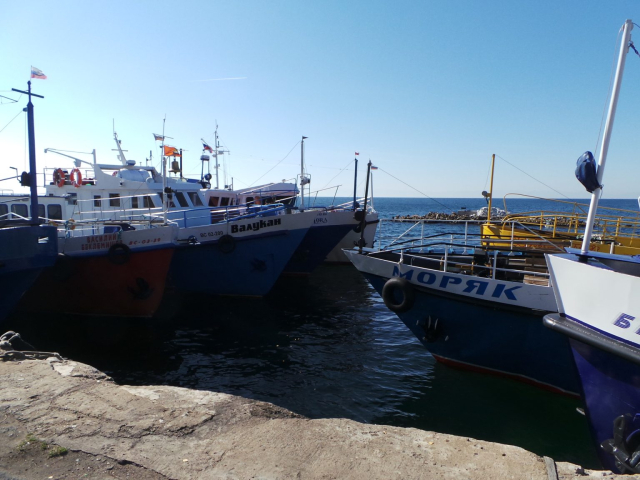
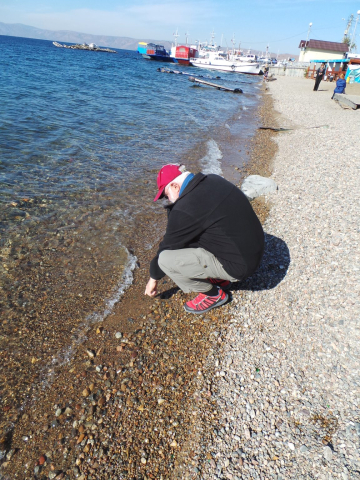

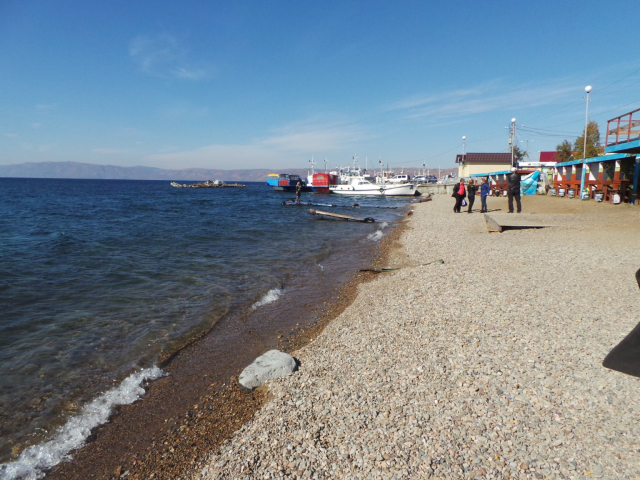
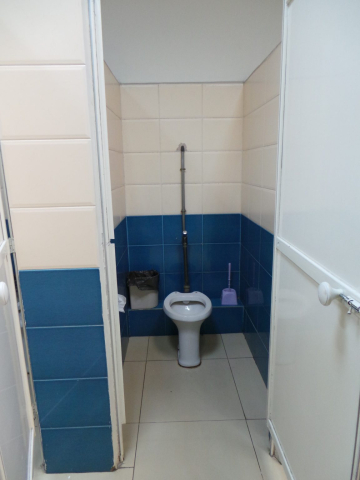
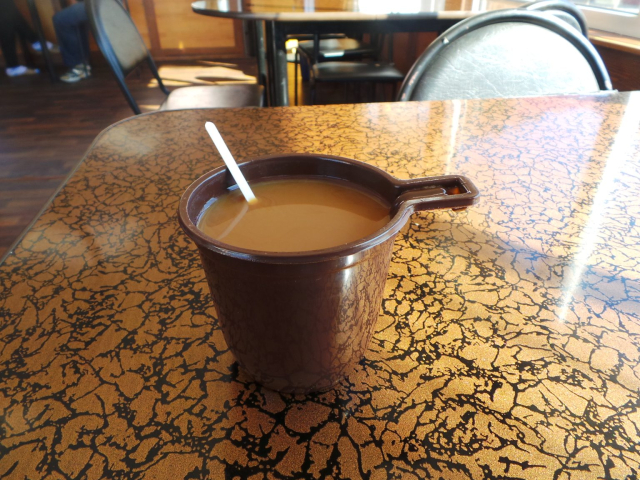
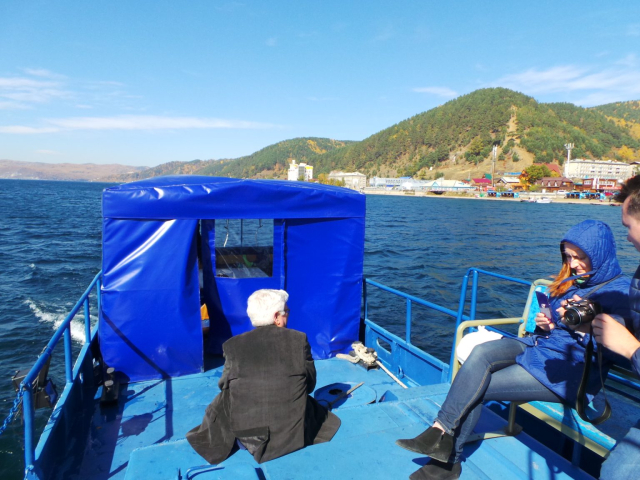
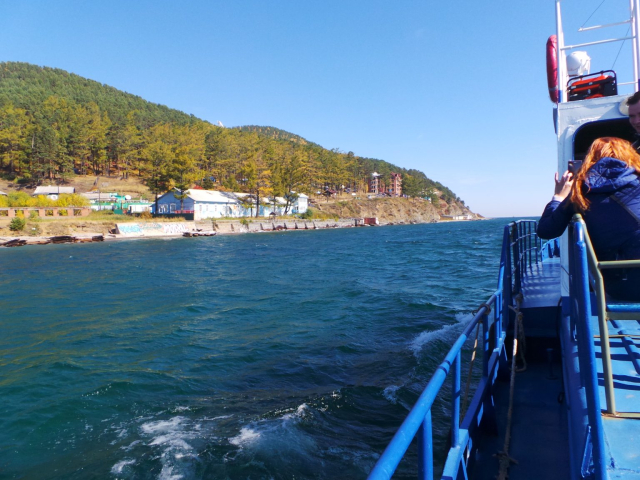
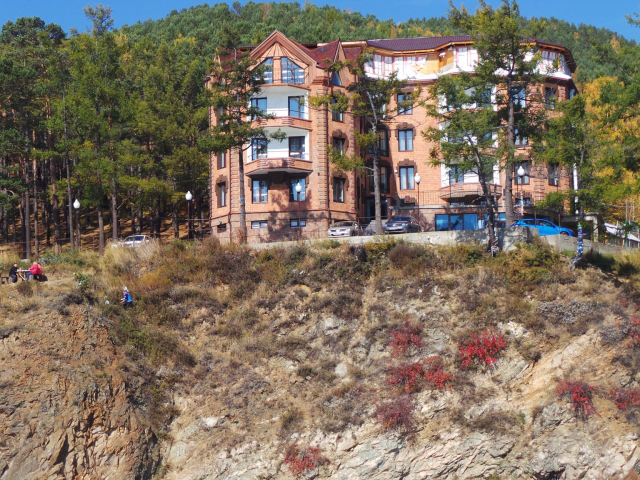
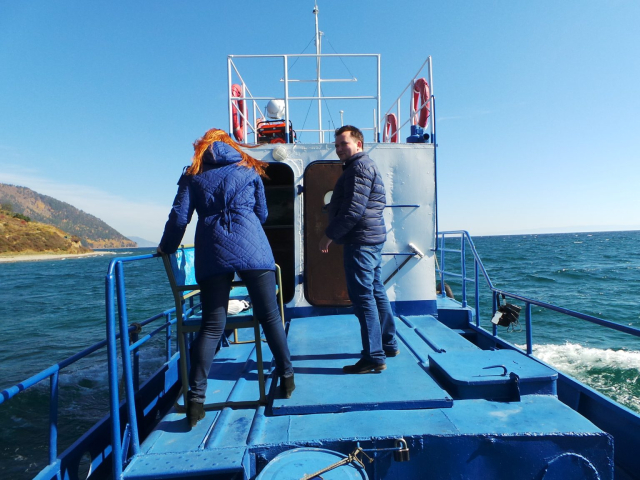
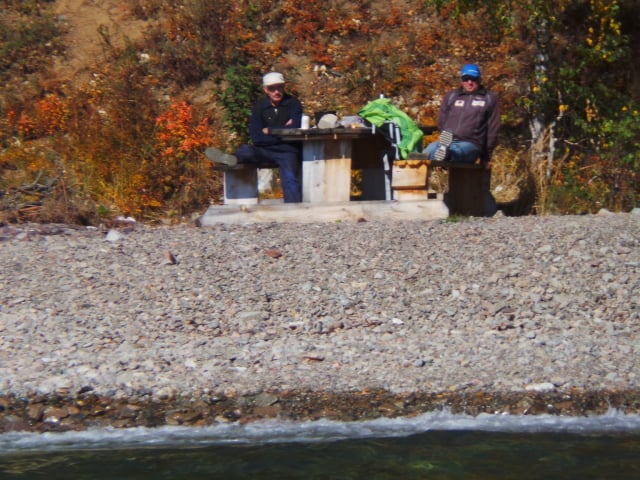
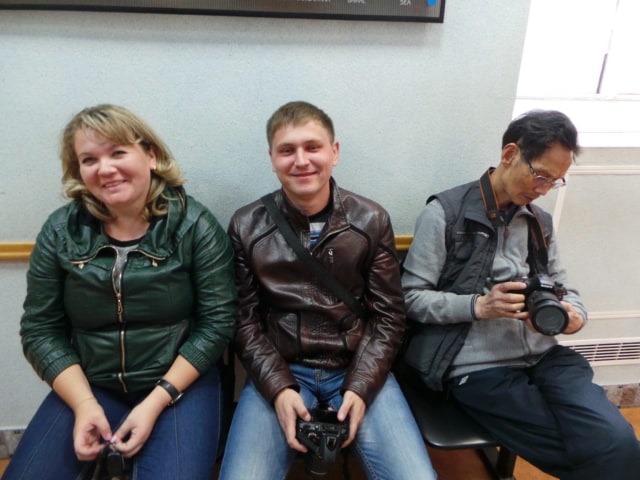
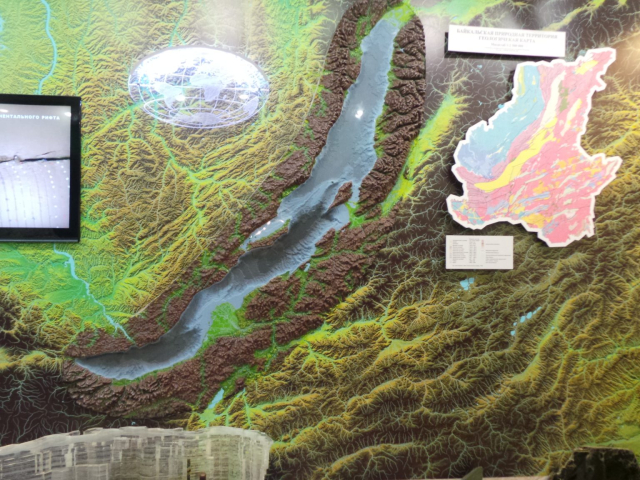
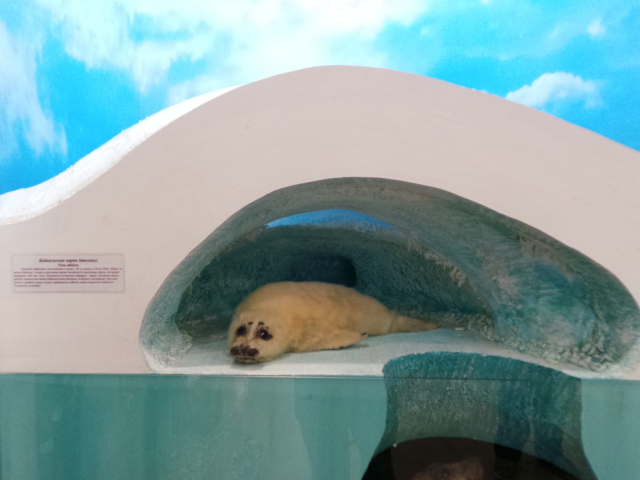

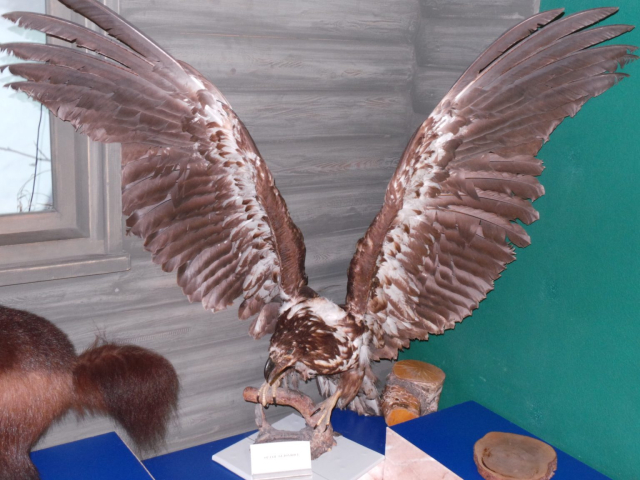
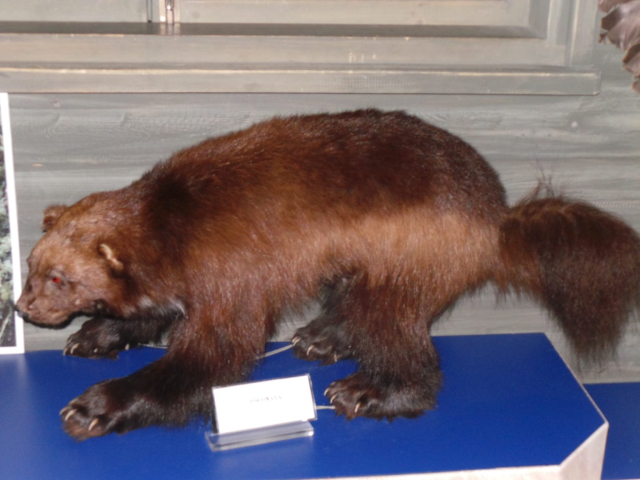
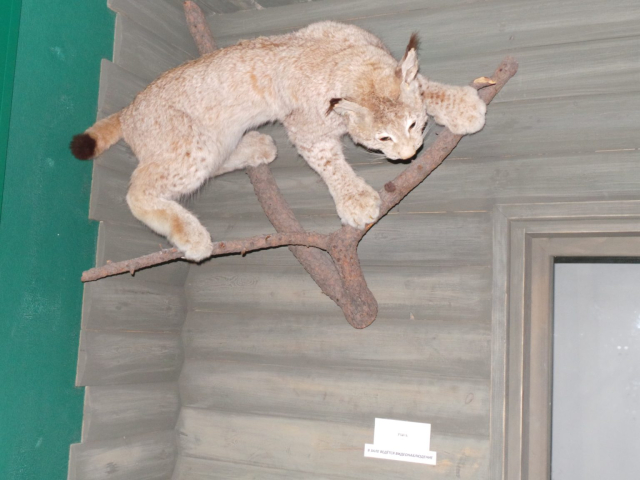
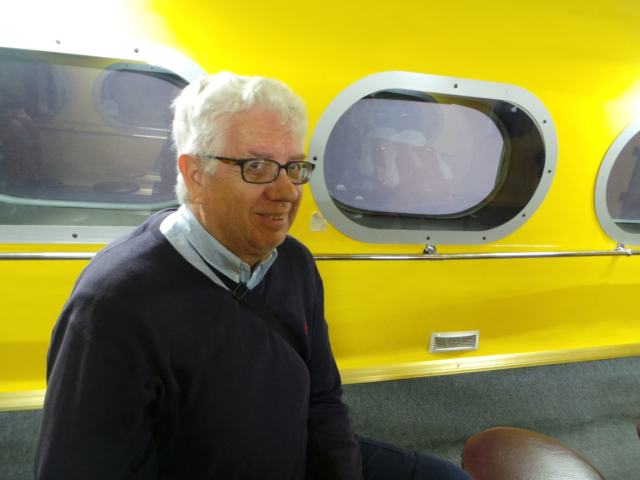
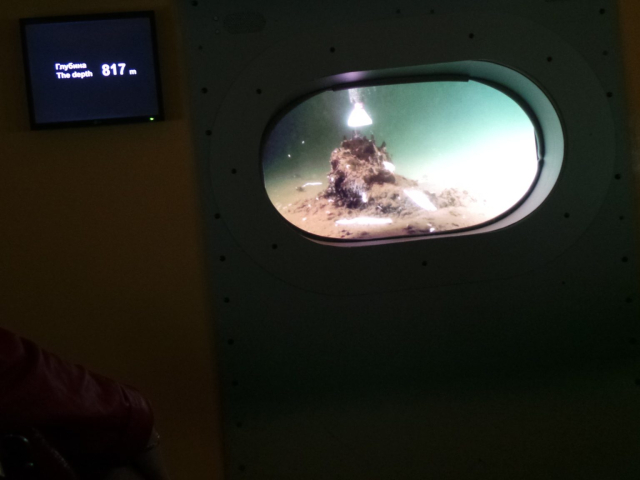
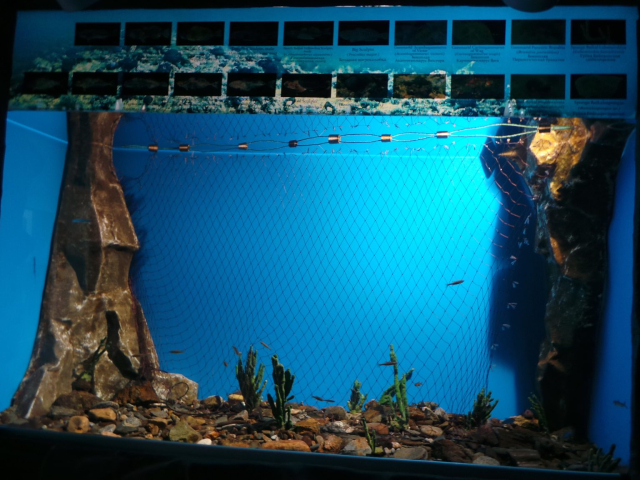
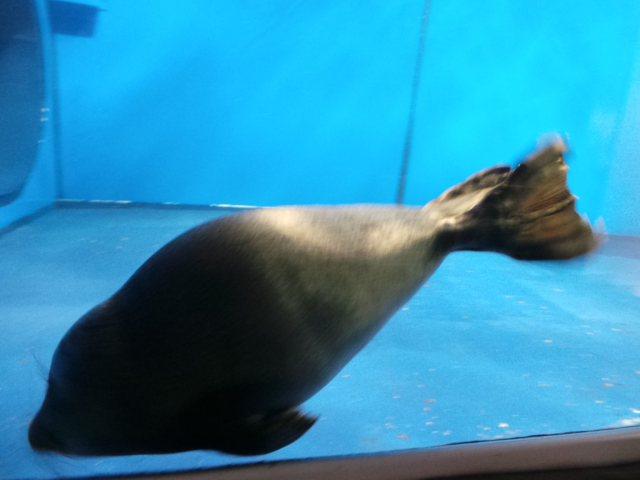
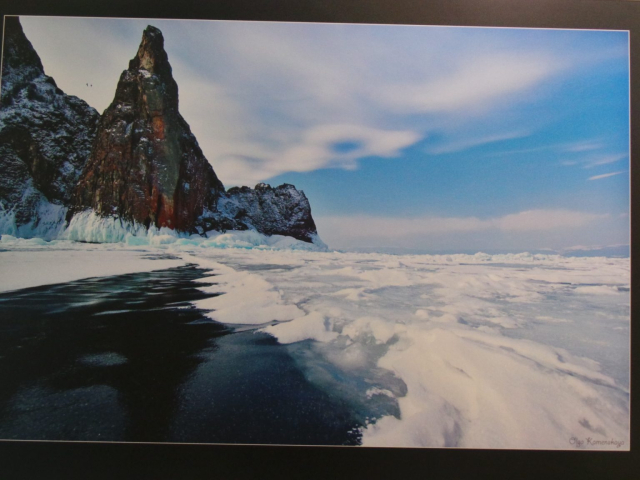
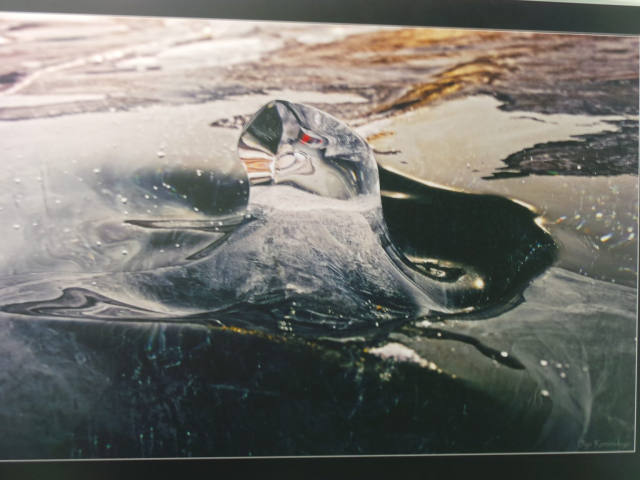
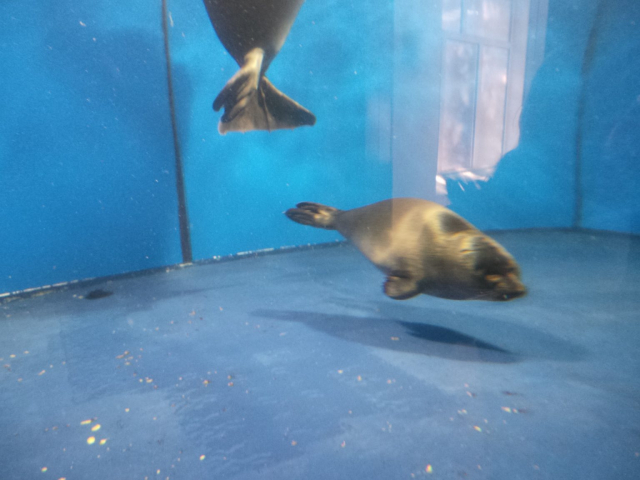
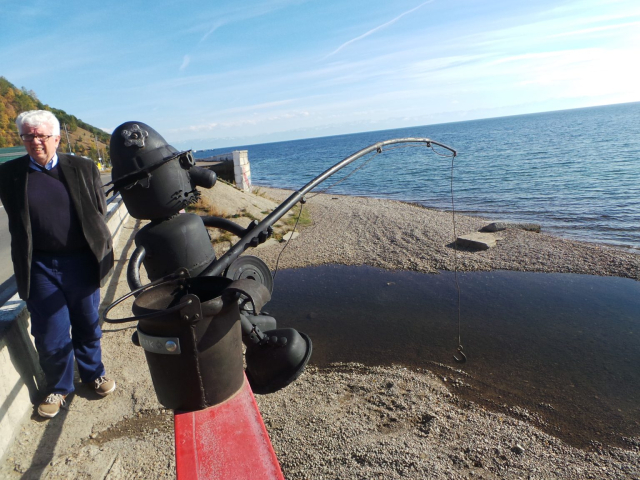
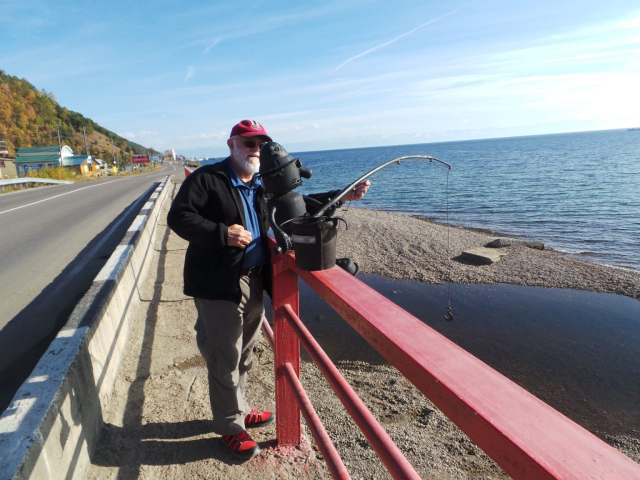
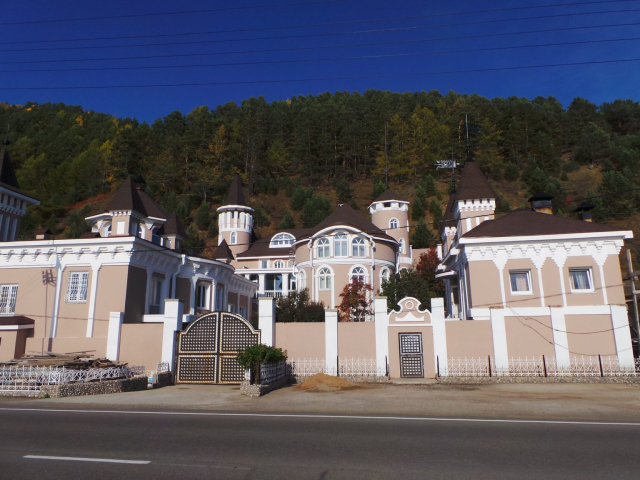
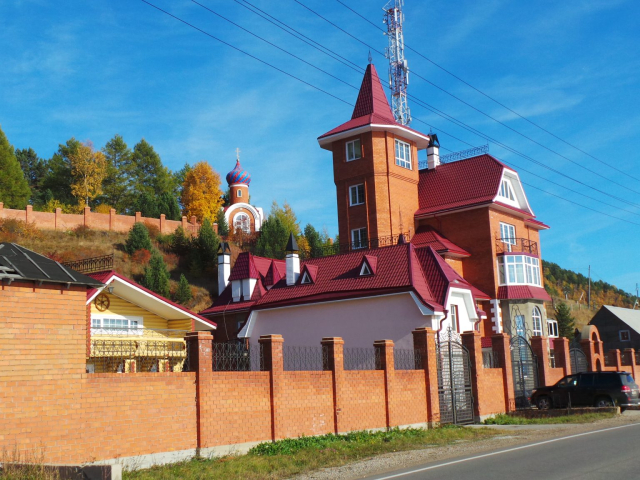
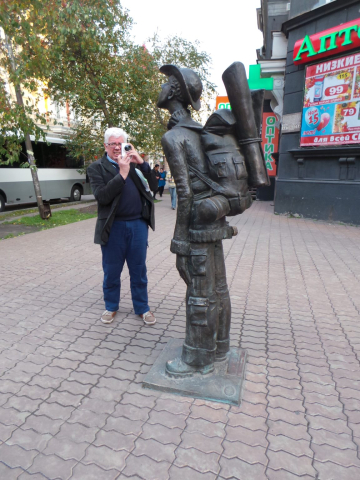


 and the keeper was more dangerous and less impressed when Timofei approached too close to the enclosure. It seems that his standard answer of “ya ne govoroo par russki” is not being understood nor well received. English is not his strong language either. When they saw one of Santa’s reindeer, they were circumspect.
and the keeper was more dangerous and less impressed when Timofei approached too close to the enclosure. It seems that his standard answer of “ya ne govoroo par russki” is not being understood nor well received. English is not his strong language either. When they saw one of Santa’s reindeer, they were circumspect.  They did not mention they had consumed one of his cousins. (Alas Kevin Radd was no more – only jerky). The oryx kept pointing their behinds towards the observers.
They did not mention they had consumed one of his cousins. (Alas Kevin Radd was no more – only jerky). The oryx kept pointing their behinds towards the observers.  Maybe they had good sense. Timofei and Boris were grateful after they saw the stork had been imprisoned
Maybe they had good sense. Timofei and Boris were grateful after they saw the stork had been imprisoned  for delivering so many babies – doubt whether this fairy-tale translates to Russian folk-lore. Finally they met the cockatoo.
for delivering so many babies – doubt whether this fairy-tale translates to Russian folk-lore. Finally they met the cockatoo. It was a bloody bird! How could it tell them a coded message.
It was a bloody bird! How could it tell them a coded message.






 The world awaits this positive outcome.
The world awaits this positive outcome.












 What do you see out the window of the train? Trees, trees, trees, trees, a field and an occasional village.
What do you see out the window of the train? Trees, trees, trees, trees, a field and an occasional village.

 They traveled through birch forests which are turning orange and brown. A lovely sight.
They traveled through birch forests which are turning orange and brown. A lovely sight.
 They were proud that they are eating like the natives, standard Russian fare. They progressed to a patisserie for dessert and coffee.
They were proud that they are eating like the natives, standard Russian fare. They progressed to a patisserie for dessert and coffee.  And on the way back to the hotel Timofei had to buy fruit from a kiosk (Boris did not feel that health conscious).
And on the way back to the hotel Timofei had to buy fruit from a kiosk (Boris did not feel that health conscious). At that point we saw five new Chinese cars with distinctive registration plates.
At that point we saw five new Chinese cars with distinctive registration plates.  (Later we determined they were GAC Triumpchi GS5 five-door sport utility vehicles). They looked good.
(Later we determined they were GAC Triumpchi GS5 five-door sport utility vehicles). They looked good. Before we could find out more, a minder got the drivers back to their tasks. They certainly have set out on an adventure.
Before we could find out more, a minder got the drivers back to their tasks. They certainly have set out on an adventure.
 Tina gave a running commentary in perfect English as we went. She brought the town alive with historical stories and pointed out the significance of landmarks. The trip included a tour of the Kungur Ice Cave. This is an interesting geological formation. The tour of the cave was led by Olga, who pointed out in detail every grotto and rock and ice formation. The tour of the cave lasted 2 hours. We were well dressed in warm clothing for the tour, which is essential. The temperatures vary between -3C to +5C (26F to 41F).
Tina gave a running commentary in perfect English as we went. She brought the town alive with historical stories and pointed out the significance of landmarks. The trip included a tour of the Kungur Ice Cave. This is an interesting geological formation. The tour of the cave was led by Olga, who pointed out in detail every grotto and rock and ice formation. The tour of the cave lasted 2 hours. We were well dressed in warm clothing for the tour, which is essential. The temperatures vary between -3C to +5C (26F to 41F).
